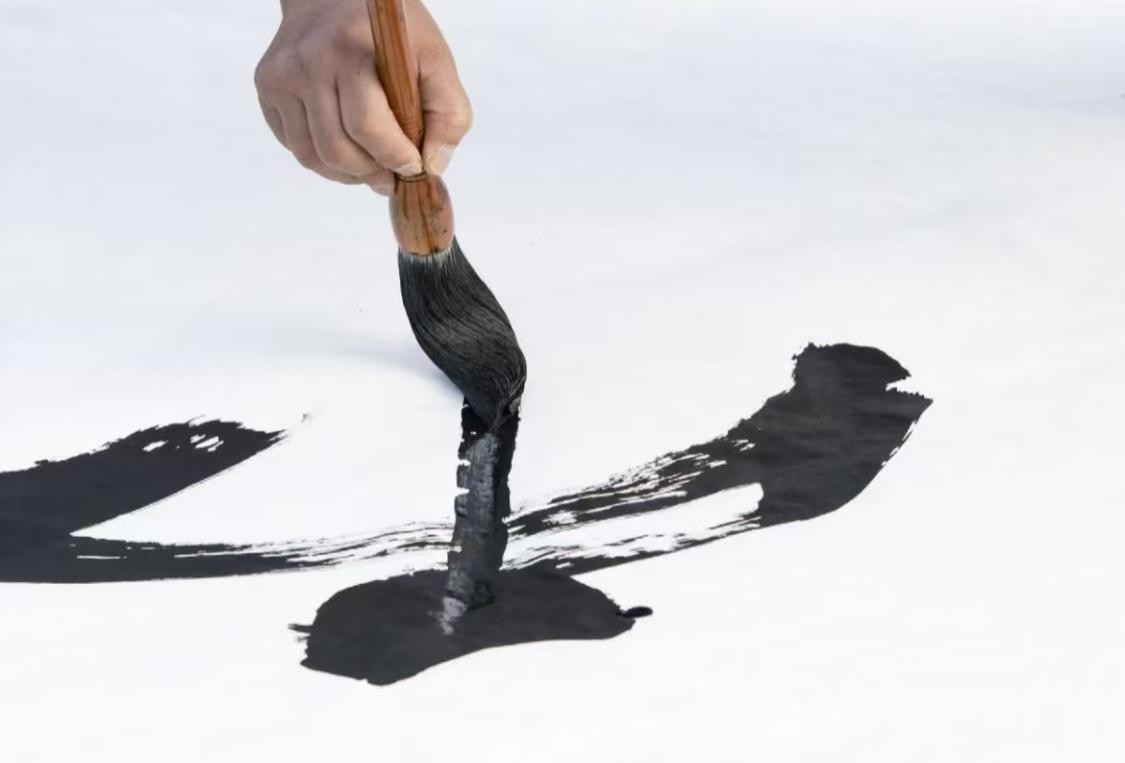Chinese Calligraphy Art Course Coming Soon!
Course Overview
Calligraphy is a treasure of Chinese traditional culture, often described as "silent poetry, three-dimensional painting." As an art form of Chinese character writing, calligraphy not only emphasizes the beauty of the characters but also conveys emotions and thoughts through brushstrokes, layout, and rhythm. This course will guide you through the artistic charm of calligraphy, from basic brush techniques to classic fonts, providing a comprehensive understanding of the essence of calligraphy and helping you enhance your writing skills and artistic cultivation.

Learning Goals
The Chinese calligraphy course is suitable for those interested in Eastern culture and art appreciation, whether you have a background in calligraphy or not. The following are the key learning objectives:
- Understand the Basic Categories and Characteristics of Calligraphy: Learn the five major styles of calligraphy—Seal Script, Clerical Script, Regular Script, Running Script, and Cursive Script—and their stylistic features.
- Master Basic Brush Strokes: Familiarize yourself with the fundamental actions of calligraphy, such as starting strokes, brush control, and finishing strokes, laying a solid foundation for writing.
- Enhance the Aesthetic of Writing: Learn about character structure and layout principles to improve the overall coordination and artistry of your works.
- Understand the Cultural Connotations of Calligraphy: Deepen your understanding of the historical background and philosophical essence of calligraphy, appreciating the cultural thoughts behind it.
- Create Your First Calligraphy Work: Under the course guidance, complete your own calligraphy work and experience the joy of creation.
Course Features
- Comprehensive Coverage of the Five Scripts: From Seal Script to Cursive Script, the course helps you master the key characteristics and writing techniques of each calligraphic style.
- Brush Strokes and Structure in Focus: The course emphasizes the details of brushwork while also highlighting the importance of character structure and overall composition.
- Traditional and Creative Balance: The course teaches traditional techniques while encouraging students to incorporate their personal style and creativity into their calligraphy.
- Integration of Cultural Stories: Through analysis of calligraphy samples and historical explanations, the course helps you understand the cultural significance behind each script.
- Beginner-Friendly: With a step-by-step approach, the course ensures that even students with no prior experience can easily get started.

Historical and Cultural Background
Calligraphy, as an important art form in Chinese traditional culture, carries profound historical and philosophical thoughts.
- Origins and Development: Calligraphy dates back to the oracle bone script of the Shang Dynasty. Over time, it evolved through the standardization of Seal Script, the practicality of Clerical Script, the maturity of Regular Script, and the artistic development of Running and Cursive Scripts.
- Art and Function: Throughout history, calligraphy has served both as a tool for recording information and as a respected art form.
- Masterpieces of Calligraphy: Iconic works such as Wang Xizhi's Preface to the Orchid Pavilion, Yan Zhenqing's Memorial to My Nephew, and Zhang Xu's Four Poems are considered the pinnacles of calligraphic art.
- Spiritual Essence: Influenced by Confucianism, Buddhism, and Daoism, calligraphy emphasizes "brush following the heart," reflecting the writer’s spiritual world and artistic cultivation.
- Tools and Techniques: The "Four Treasures of the Study"—brush, ink, paper, and inkstone—play a crucial role in shaping the style and execution of calligraphy.






